- Home
- About Us
- Contact Us
- Site Map
- Affiliate Disclosure
- Privacy Policy
- Terms And Conditions
- Best Drone For Beginners 2021 : Top Beginner Drones
- Best Drones 2022 For Beginners : Top Beginner Drone
- Best Drones For Under 100 Dollars That Are Top Easy To Fly
- Best Cheap Drone For Photography : Camera Drones Budget
- What Is The Best Drone For 2022 And How Fast They Go
- Best Drone In The World To Use For Your First Time
- Best Drones 2022 With Camera : Which One Is The Best Drone
- Mavic Drone : The Most Marvelous Epic Controlled Flight System
- Drone Pilot License : The Best Way To Show Off Your Flight Skill
- Sky Rider Drone: Wi-fi Quadcopter With Foldable Black Camera
- Drone For Kids : The Best Toy To Focus On STEM Technology
- Propel Drone HD Camera Quadcopter And Star Wars
- Mini Drone With Camera : What Is The Best One And Why It Is Good
- Drones Dji : The Most Popular Consumer Drone On The Market Today
- Long Range Drone : How Far Can It Go And At What Rate Of Speed
- Micro Drone : The Smallest Toy With The Biggest Flight Fun
- Flying Spinner Mini Drone : The Best Flying Machine For Home Use
- Drones That Follow You : Is This An Invasion of Privacy or Not ?
- Drone Vivitar : A Magnificent Piece Of Equipment To Learn To Fly
- Drone Repair Near Me : Where Can I Find Reliable Parts And Stuff
- Drone Photography Near Me That Can Capture The Scenic View
- Drone Quadcopter : The Best Aerial Fly Machine That You Can Own
- Drone Light Show : A Spectacular Array Of Lights, Camera, Action
- Drone Holy Stone : The Most Quality Flying Device Anyone Can Use
- Sky Quad Drone Reviews Is It A Scam Or Legit Revealed
- Drone Fishing : When A Man Has A Rod, Boat, And Nothing But Time
- Faa Drone Registration : Feel Free To Fly But Follow The Rules
- Remote Control Drone : RC Drones With Fpv Controllers
- Hand Controlled Drone : Guiding Your Flight At Your Finger Tips
- Best Video Drones For Beginners | Features A Beginner Drone
- The Best Drone To Buy : Drones 2023 For Beginners
- Dgi Drone
- Best Drone For Night Photography
- Best Drone For The Money
- Best Drone For Teenager
- Best Drone For Under 200
- Best Drone For Under 500
- Best Drone For Video
- Best Drone In The Market
- Best Drone Under 1000
- Best Drones For Travel
- Bird Drone
- Black Hornet Drone
- Deerc Drone
- DJI Drones For Sale
- Best Beginner Drone With Camera : Are You New To Flying
- Best Beginner Drone For Me And How Much Will It Cost
- Battery For A Drone : Benefits, Advantages, And Features
- Best Camera Drone For Professional And Entertainment Purposes
- Best Cheap Drone In The Market That Will Not Cost An Arm and Leg
- Dji Fpv Drone
- Dji Mavic 3 Drone
- Drone Dj
- Best Drone Camera For First Time Users And Experienced Users
- What Are The Best Drones For Video Drone Camera
- Home
- Best Drones 2022 For Beginners : Top Beginner Drone
- Best Brand for Drone
- Best Drones 2022 With Camera : Which One Is The Best Drone
- Best Cheap Drone For Photography : Camera Drones Budget
- Drone Light Show : A Spectacular Array Of Lights, Camera, Action
Potensic ATOM 3-Axis Gimbal 4K GPS Drone, Under 249g, 96 Mins Flight, Max 6KM Transmission
Drone Light Show Is The Best Event To Take The Whole Family
Is a captivating spectacle where multiple drones equipped with LED lights perform a choreographed aerial display. These shows have gained popularity in recent years due to their ability to create stunning visual effects and intricate patterns in the night sky. Here's a detailed explanation of how it typically works:

1. Planning and Choreography: The first step in organizing and planning thechoreography. Experts work on designing the show, including the formation of patterns, shapes, and movements the drones will make in the sky. They also determine the duration, music synchronization, and any special effects that may be incorporated.
2. Drone Setup and Configuration: The drones used in light shows are usually custom-built for this purpose. They are equipped with powerful LED lights that can produce vibrant colors and are visible from a distance. The drones are also installed with GPS and wireless communication systems to ensure precise positioning and synchronized movements during the show.

3. Ground Control Station: A ground control station is set up at the performance venue, typically consisting of a team of skilled operators, flight directors, and technicians. The ground control station includes computers, control consoles, and software that allow operators to monitor and control each drone's flight path and lighting effects.
4. Pre-flight Preparation: Before the show, each drone is thoroughly inspected and tested to ensure it is in perfect working condition. The LED lights are checked to make sure they are functioning correctly, and the drones are calibrated for optimal performance. The flight path and choreography are loaded into the control software.

5. Safety Measures: Safety is a top priority . The show organizers coordinate with local authorities, aviation authorities, and airspace control to obtain necessary permissions and ensure the safety of the airspace. Measures such as altitude restrictions, no-fly zones, and emergency procedures are established to minimize risks.
6. Show Execution: Once everything is in order, the show begins. The drones take off from a designated area and ascend to their pre-determined altitudes. The operators at the ground control station initiate the choreography sequence, and the drones execute the programmed flight paths and light patterns. The drones can perform various maneuvers, including formations, spins, and synchronized movements.

7. Lighting Effects: The LED lights on the drones are controlled by the operators, who can adjust the color, brightness, and intensity of each light individually or in groups. This allows for the creation of vibrant and dynamic visual effects. The drones can form shapes like hearts, stars, logos, and even complex 3D designs. The lights can change colors, flicker, strobe, and fade, adding to the visual appeal.
8. Music Synchronization: In many music the choreography is synchronized with music. The ground control station uses specialized software to ensure that the drones' movements and lighting effects align with the beat and rhythm of the music, creating a mesmerizing audio-visual experience.
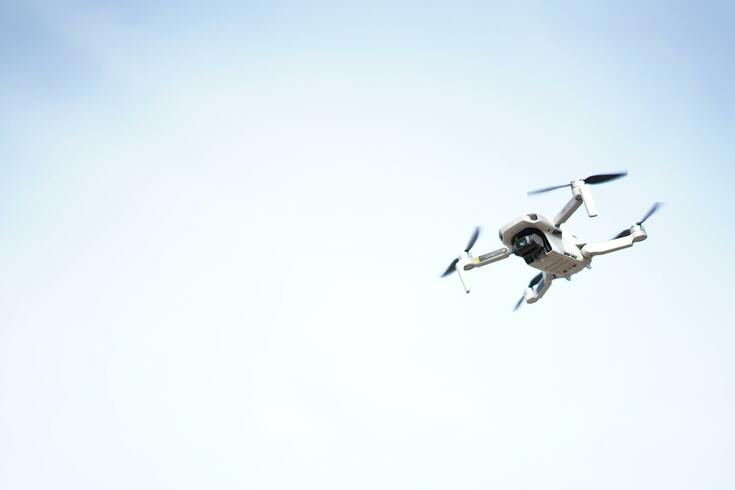
9. Conclusion and Landing: After the performance, the drones return to the ground and land safely. The ground crew retrieves the drones and performs post-flight checks to ensure they are ready for the next show.
Have become a popular form of entertainment at events, celebrations, and special occasions. They offer a unique and futuristic visual experience that combines technology, artistry, and precision flying skills.

How Much Does A Light Drone Show Cost ?
The cost can vary depending on several factors, including the number of drones used, the complexity of the choreography, the duration of the show, the location, and additional services required. Here's a breakdown of the different cost components:
1. Drones and Equipment: The cost of the drones themselves can vary depending on the brand, model, and capabilities. Custom-built drones specifically designed for light shows tend to be more expensive. Additionally, the drones need to be equipped with LED lights, GPS systems, wireless communication modules, and other necessary components. The cost of a single drone can range from a few hundred to several thousand dollars.

2. Software and Control Systems: The ground control station requires specialized software and hardware to program and control the drones during the show. The cost of these systems can vary depending on their complexity and capabilities. This includes the cost of licensing the software, control consoles, computers, and any additional equipment needed for communication and monitoring.
3. Choreography and Design: Developing the choreography and design requires expertise in drone programming and visual effects. Professional choreographers and designers work on creating captivating sequences and patterns. The cost will depend on the complexity and length of the show, as well as the level of customization required.

4. Pilots and Operators: require skilled pilots and operators to ensure safe and precise execution. The cost will depend on the number of pilots required, the duration of the show, and any additional services they may provide, such as rehearsals and technical support.
5. Logistics and Planning: Organizing involves logistical considerations such as obtaining necessary permits, coordinating with local authorities and aviation authorities, ensuring safety protocols, and managing the transportation and setup of the equipment. The cost will depend on the complexity of these tasks and any additional services provided by the show organizers.

6. Venue and Infrastructure: The venue where the drone light show takes place may have certain requirements or restrictions that need to be considered, such as power supply, safety measures, and any additional infrastructure needed for the show. The cost will depend on the venue's specifications and any necessary modifications or additions.
7. Insurance and Safety Measures: Involve potential risks, and it's crucial to have appropriate insurance coverage. The cost of insurance will depend on factors such as the number of drones used, the location, and the duration of the show. Safety measures, including personnel and equipment for emergency response, may also contribute to the overall cost.
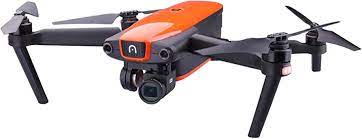
8. Additional Services: Depending on the event or occasion, there may be additional services requested, such as custom branding, music licensing, live streaming, or video production. These services will incur additional costs based on the specific requirements.
It's challenging to provide an exact cost without specific details, as are often tailored to individual requirements. Generally, can range from several thousand dollars for smaller, shorter performances with fewer drones, to tens or even hundreds of thousands of dollars for larger-scale, complex shows with numerous drones and extensive customization. It's recommended to contact professional companies or event organizers for accurate cost estimates based on your specific needs.
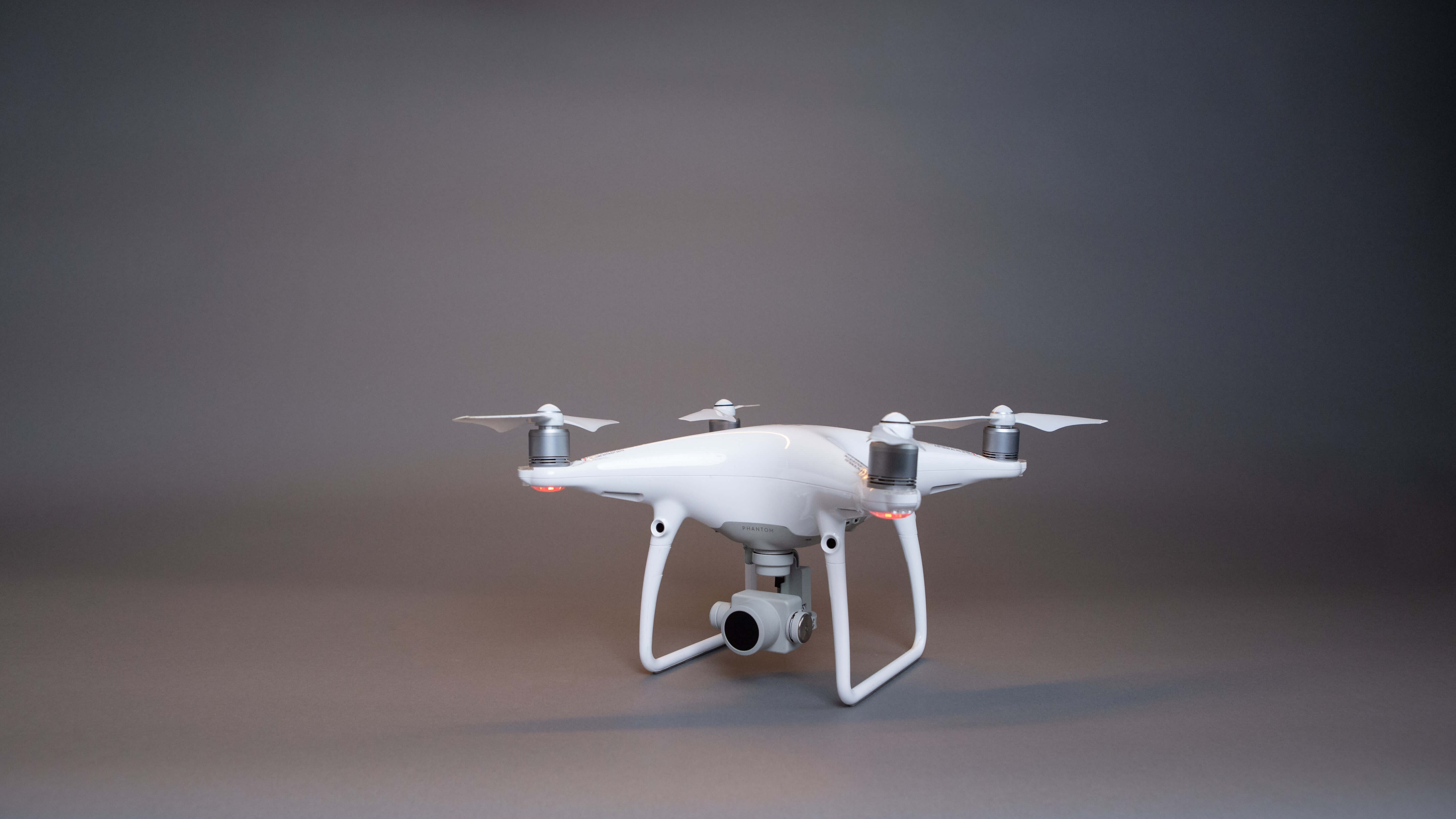
How Much Does A 50 Diplay Cost ?
The cost of a 50-display can vary depending on several factors, as mentioned earlier. Here's a breakdown of the potential cost components for a 50:
1. Drones and Equipment: The cost of the drones themselves will depend on the specific models chosen. Custom-built drones designed for light shows can cost several thousand dollars each. For a 50-drone show, assuming a mid-range price point, the total cost of the drones could range from $100,000 to $250,000 or more.

2. Software and Control Systems: To program and control a large number of drones, sophisticated software and hardware are required. The cost of licensing the software, control consoles, computers, and other necessary equipment can range from $10,000 to $30,000 or more.
3. Choreography and Design: Developing the choreography and design for a 50-drone show can be a complex and time-consuming task. The cost will depend on the expertise of the choreographers and designers involved and the level of customization required. For a show of this scale, the cost could range from $10,000 to $50,000 or more.

4. Pilots and Operators: A 50-drone show will require a team of skilled pilots and operators to ensure safe and precise execution. The cost will depend on the duration of the show, the complexity of the maneuvers, and any additional services provided by the team. The cost of pilot and operator services can range from $5,000 to $20,000 or more.
5. Logistics and Planning: Organizing a 50- involves significant logistical considerations. This includes obtaining necessary permits, coordinating with local authorities and aviation authorities, and managing transportation and setup. The cost will depend on the complexity of the logistics and any additional services provided by the show organizers. The cost of logistics and planning could range from $5,000 to $15,000 or more.

6. Venue and Infrastructure: The venue for a 50-may require specific infrastructure and modifications. This can include power supply, safety measures, and any necessary venue modifications to accommodate the show. The cost will depend on the venue's requirements and any additional infrastructure needed. The cost of venue and infrastructure can range from $5,000 to $20,000 or more.
7. Insurance and Safety Measures: Insurance coverage is essential for a large-scale. The cost of insurance will depend on the number of drones used, the location, and the duration of the show. Safety measures, including personnel and equipment for emergency response, will contribute to the overall cost. The cost of insurance and safety measures could range from $5,000 to $15,000 or more.

8. Additional Services: Depending on the event or occasion, there may be additional services requested, such as custom branding, music licensing, live streaming, or video production. The cost of these additional services will depend on the specific requirements.
Considering the above cost components, a rough estimate for a 50- could range from $150,000 to $400,000 or more. However, it's important to note that these figures are approximate and can vary significantly based on the specific requirements, customization, and location of the show. It's advisable to contact professional companies or event organizers to obtain accurate cost estimates based on your specific needs.

How Does A Display Work ?
Works through a combination of advanced technology, precise coordination, and choreography. Here's a detailed explanation of how a drone light show typically operates:
1. Planning and Choreography: The first step in organizing a Display is planning and choreography. Skilled experts, including choreographers and visual designers, work on designing the show. They determine the formations, patterns, and movements the drones will make in the sky. The choreography is often synchronized with music or other audio elements.

2. Drone Setup and Configuration: Drones used in light shows are specially designed and equipped with LED lights capable of producing vibrant colors. Each drone is also fitted with GPS, wireless communication systems, and sensors to ensure precise positioning, flight stability, and synchronized movements. The drones are configured to communicate with a ground control station.
3. Ground Control Station: A ground control station is set up at the performance venue. It typically consists of a team of skilled operators, flight directors, and technicians. The ground control station includes computers, control consoles, and specialized software that allow operators to monitor and control each drone's flight path and lighting effects.
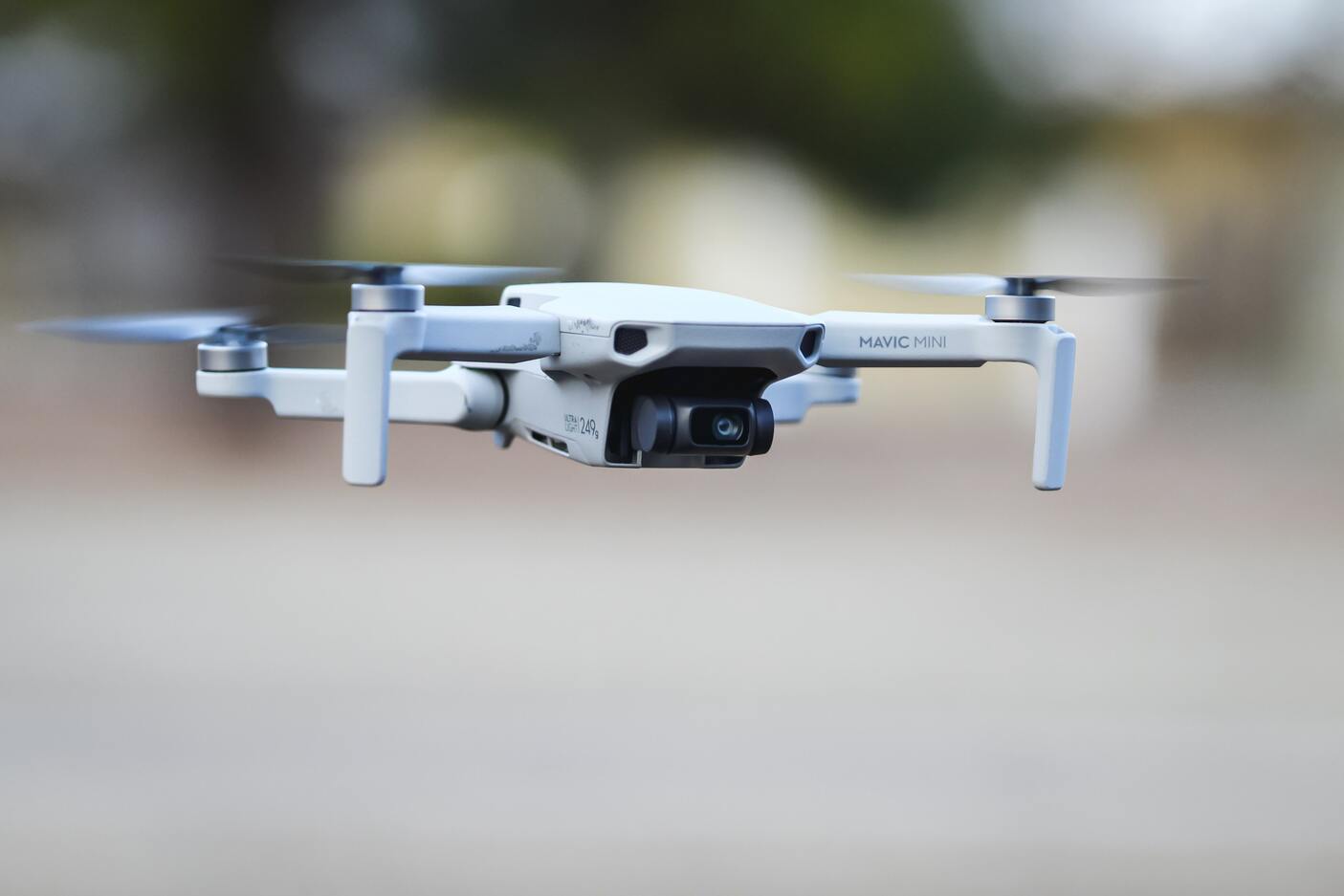
4. Pre-flight Preparation: Before the show, each drone undergoes thorough inspections and tests to ensure it is in perfect working condition. The LED lights are checked for functionality, and the drones are calibrated for optimal performance. The flight path and choreography are loaded into the control software.
5. Safety Measures: Safety is a top priority. Show organizers coordinate with local authorities, aviation authorities, and airspace control to obtain necessary permissions and ensure the safety of the airspace. Measures such as altitude restrictions, no-fly zones, and emergency procedures are established to minimize risks.

6. Show Execution: Once everything is prepared, the show begins. The drones take off from a designated area and ascend to their pre-determined altitudes. The operators at the ground control station initiate the choreography sequence, and the drones execute the programmed flight paths and lighting effects. The operators closely monitor the drones' movements and make real-time adjustments as needed.
7. Lighting Effects: The LED lights on the drones are controlled by the operators. They can adjust the color, brightness, and intensity of each light individually or in groups. This allows for the creation of vibrant and dynamic visual effects. The drones can form various shapes, such as hearts, stars, logos, or complex 3D designs. The lights can change colors, flicker, strobe, and fade, enhancing the visual appeal of the show.
8. Music Synchronization: In many, the choreography is synchronized with music or other audio elements. The ground control station uses specialized software to ensure that the drones' movements and lighting effects align with the beat and rhythm of the music. This synchronization creates a captivating audio-visual experience for the audience.

9. Conclusion and Landing: After the performance, the drones return to the ground and land safely. The ground crew retrieves the drones, performs post-flight checks, and prepares them for the next show.
Offer a unique and captivating visual experience. They combine the art of choreography with advanced technology, resulting in stunning aerial displays. The precise control and synchronization of multiple drones create mesmerizing patterns and effects in the night sky, delighting audiences and leaving a lasting impression.
How Many Drones Do You need For A Display ?
The number of drones required for a show can vary depending on the desired complexity, scale, and budget of the show. While there is no set minimum or maximum number of drones, here's a breakdown of different factors that can influence the quantity of drones used:

1. Choreography and Patterns: The complexity of the choreography and patterns desired in the show will influence the number of drones needed. More intricate and dynamic formations may require a larger number of drones to achieve the desired visual effects.
2. Visual Impact: The scale and visual impact of the show will also play a role in determining the number of drones. Larger shows, such as those performed at major events or celebrations, often employ a higher number of drones to create expansive and impressive formations.
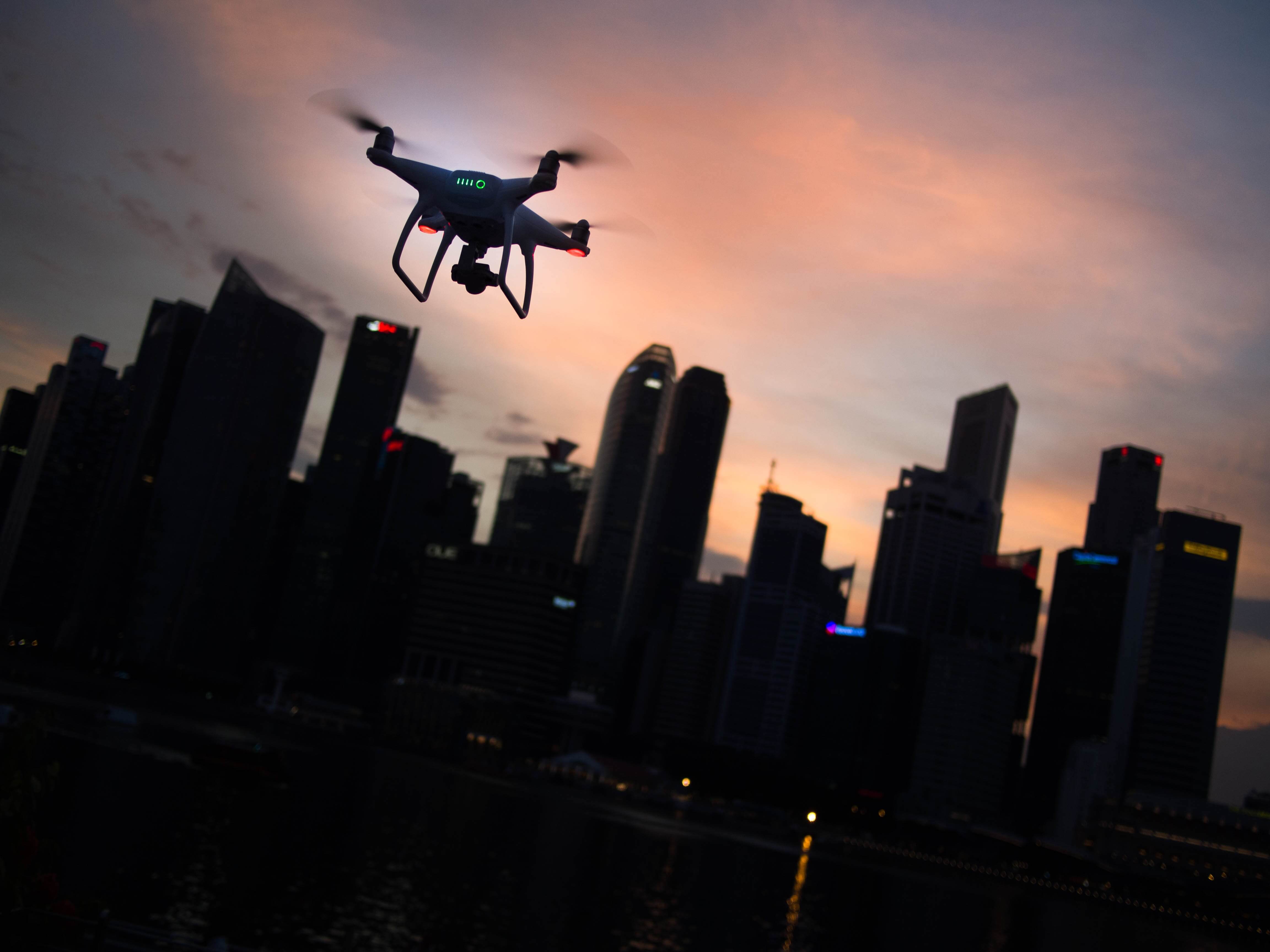
3. Budget and Resources: The available budget and resources can affect the number of drones used. Acquiring, maintaining, and operating a larger fleet of drones can be more expensive and require additional technical support. Smaller-scale shows or those with budget constraints may opt for a smaller number of drones.
4. Venue and Space: The size and layout of the performance venue can influence the number of drones used. Larger venues with more airspace may accommodate a higher number of drones, allowing for more intricate movements and patterns. Smaller venues may necessitate a smaller drone fleet.
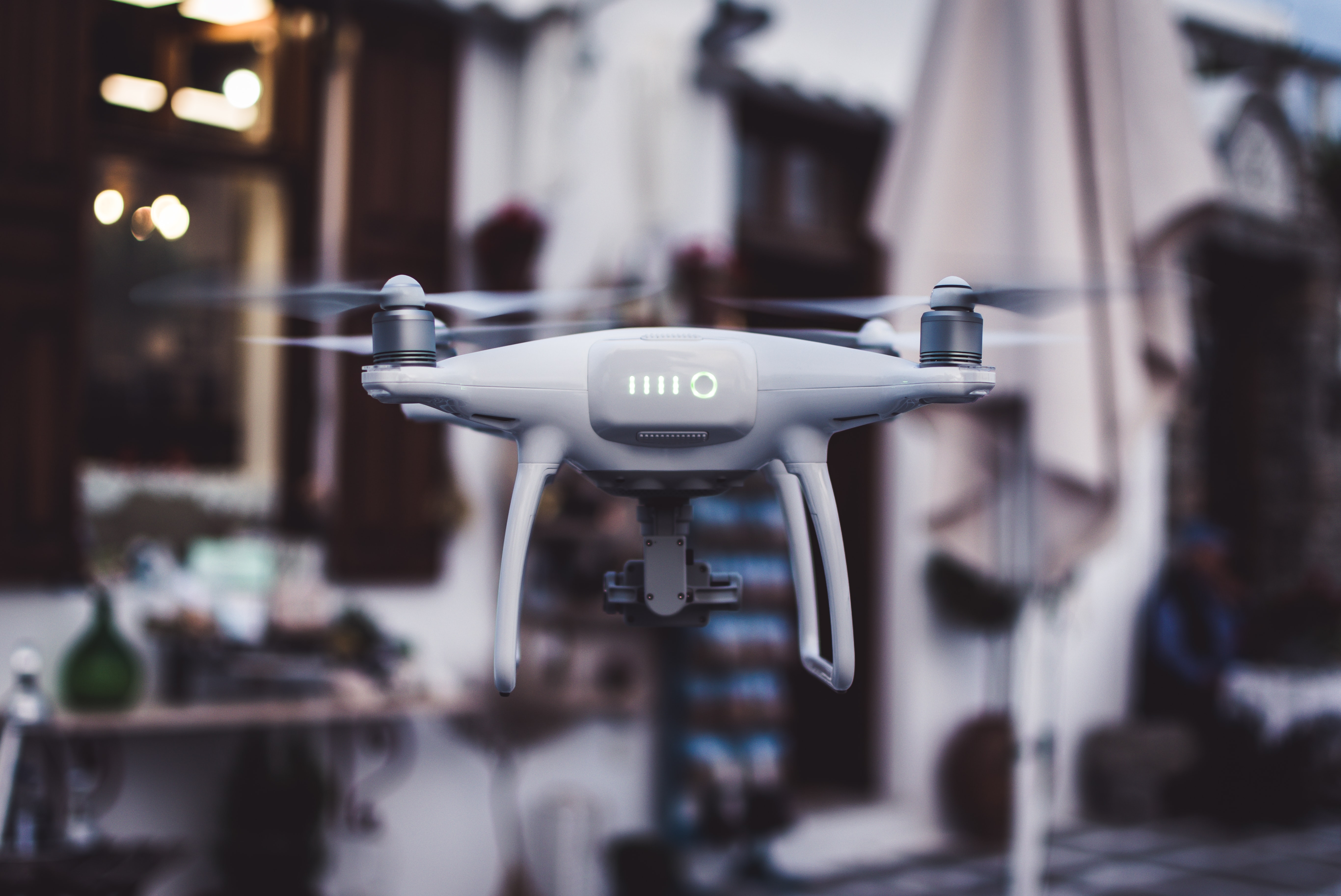
5. Safety and Regulations: Safety and regulatory considerations also come into play when determining the number of drones for a show. Local regulations or airspace restrictions may limit the number of drones that can operate simultaneously in a given area.
It's common to see ranging from a few drones to several hundred drones. Smaller shows may use around 10 to 50 drones, while larger shows, such as those seen at major events or theme parks, can employ hundreds of drones to create impressive displays.
Ultimately, the number of drones used is a creative and logistical decision based on the desired visual impact, choreography, budget, venue, and safety considerations. Show organizers and display show companies work closely with their clients to determine the appropriate number of drones that will best achieve the desired artistic vision and entertainment value.
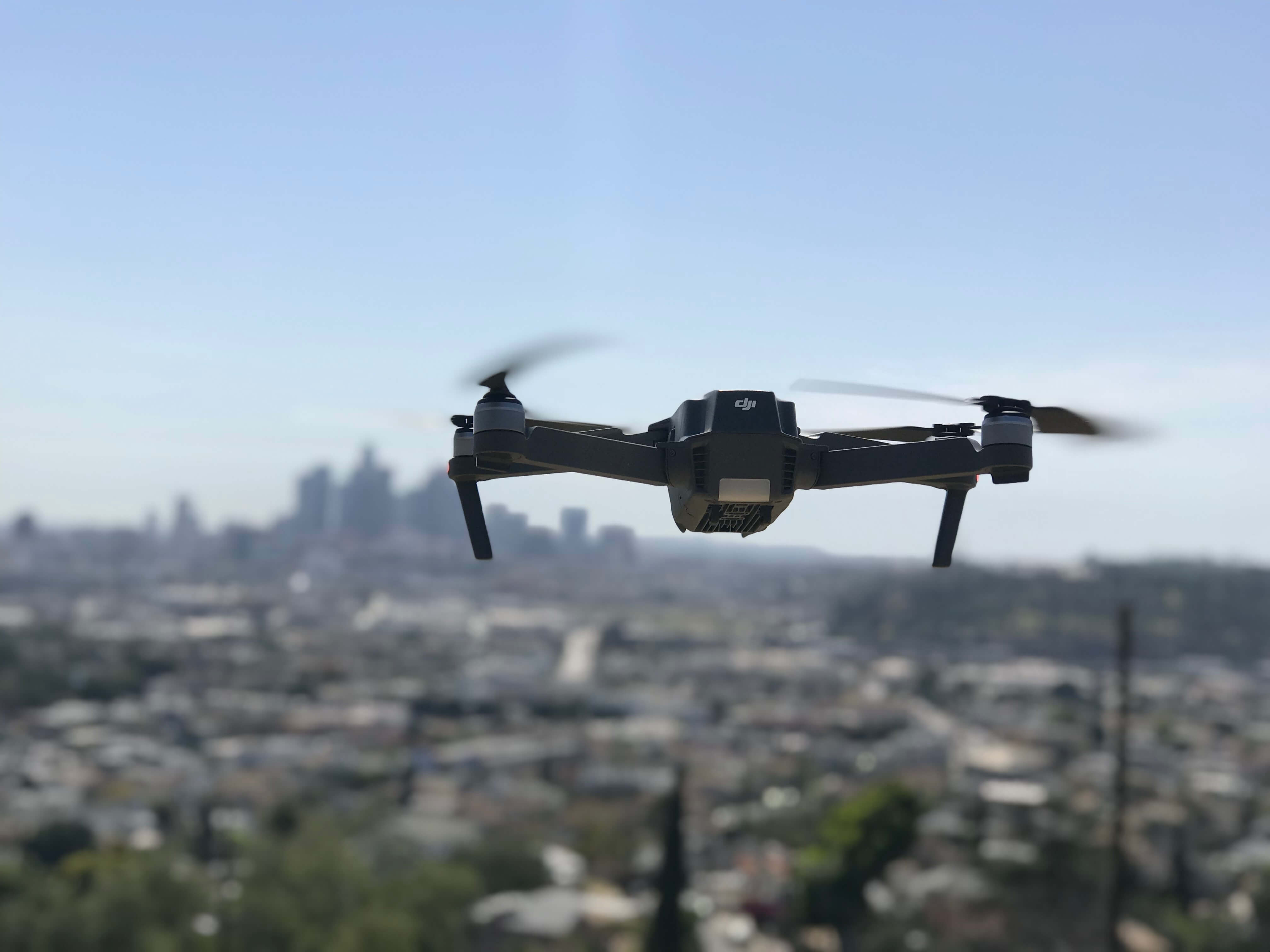
How Much Does A 200 Drone Show Cost ?
Organizing a 200-display involves substantial costs due to the large number of drones and the complexity of the logistics involved. However, the exact cost can vary depending on various factors, such as the duration of the show, customization requirements, location, and additional services. Here's a breakdown of the potential cost components for a 200:
1. Drones and Equipment: The cost of acquiring 200 drones can be significant. The price per drone can vary based on the brand, model, and capabilities. Custom-built drones designed for light shows tend to be more expensive. Assuming a mid-range price point, the cost of 200 drones could range from $400,000 to $1,000,000 or more.
2. Software and Control Systems: Managing a large fleet of 200 drones requires robust software and control systems. The cost of licensing the required software, control consoles, computers, and other equipment can range from $20,000 to $50,000 or more.
3. Choreography and Design: Creating choreography and designing patterns for a 200-drone show is a complex task. The cost will depend on the expertise and experience of the choreographers and designers involved, as well as the level of customization required. The cost of choreography and design could range from $20,000 to $100,000 or more.
4. Pilots and Operators: Operating a 200-drone show requires a substantial team of skilled pilots and operators. The cost will depend on the duration of the show, the complexity of maneuvers, and any additional services provided. The cost of pilot and operator services can range from $10,000 to $40,000 or more.
5. Logistics and Planning: Coordinating the logistics for a 200-drone show involves substantial effort. This includes obtaining necessary permits, coordinating with local authorities, managing transportation and setup, and ensuring safety protocols. The cost of logistics and planning can range from $10,000 to $30,000 or more.
6. Venue and Infrastructure: The venue hosting a 200 may require specific infrastructure and modifications. This can include power supply, safety measures, and any necessary venue alterations. The cost will depend on the venue's specifications and any additional infrastructure needed. The cost of venue and infrastructure can range from $10,000 to $40,000 or more.
7. Insurance and Safety Measures: Insurance coverage is essential for a large-scale. The cost of insurance will depend on factors such as the number of drones used, the location, and the duration of the show. Safety measures, including personnel and equipment for emergency response, will contribute to the overall cost. The cost of insurance and safety measures could range from $10,000 to $30,000 or more.
8. Additional Services: Additional services like custom branding, music licensing, live streaming, or video production may be required for the show. The cost of these services will depend on the specific requirements.
Considering the above cost components, a rough estimate for a 200 could range from $900,000 to $2,300,000 or more. However, it's important to note that these figures are approximate and can vary significantly based on the specific requirements, customization, and location of the show. It's advisable to contact professional companies or event organizers to obtain accurate cost estimates based on your specific needs.
How Much Do People Pay For Drone Footage ?
The cost of drone footage can vary depending on several factors, including the purpose of the footage, the complexity of the shots required, the location, and the duration of the shoot. Here's a breakdown of the potential cost components for drone footage:
1. Drone Operator Fees: Professional drone operators typically charge a fee based on various factors such as their experience, expertise, equipment, and the complexity of the shots. The fees can range from $200 to $500 per hour or more. Some operators may offer package deals for full-day or multi-day shoots.
2. Equipment Rental: If the client does not have their own drone, additional charges may apply for renting the drone and necessary equipment. The rental cost will depend on the type of drone, camera specifications, and any additional accessories required.
Click here for more information Quadcopter Current Developments